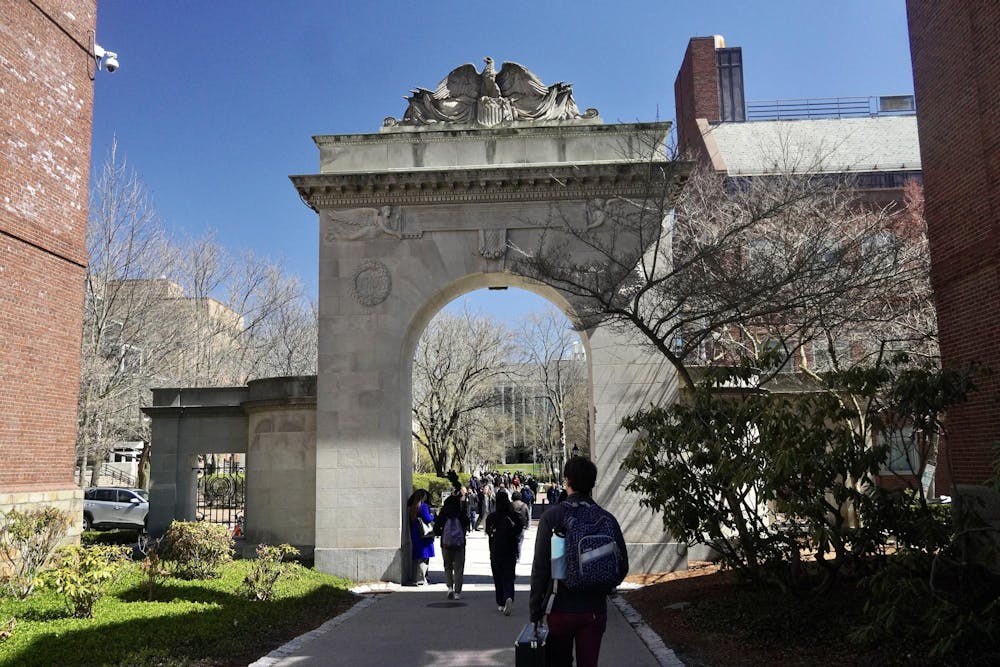As an alum, I have watched with growing concern as Brown clings to outdated admissions practices that undermine its mission and tarnish its legacy. Over the years, I have written to President Christina Paxson P’19 P’MD’20 and published three op-eds in The Herald with suggestions for making the University more fair, inclusive and impactful. Regrettably, these recommendations have fallen on deaf ears. The time for bold change is now.
Brown’s admissions policies demand scrutiny. Despite the U.S. Supreme Court’s recent decision barring the practice of affirmative action, Brown continues to take roundabout, race-neutral steps to increase diversity by encouraging applications from students it deems to be more diverse. Yet, college admissions is a zero-sum game, and this outreach inherently disadvantages untargeted students. The result is a University community that is shaped by what certain administrators believe to be their ideal of diversity, which is not necessarily reflective of who would actually apply to Brown without these measures.
For too long, Brown has operated as if it were a brand akin to a luxury good, like Ferrari, where scarcity equals prestige. Ferrari found that withholding products from the market enhances prestige and enables them to charge higher prices. Similarly, the University’s low, low acceptance rate of 5.65% for the class of 2029 can be used to send the rather unsubtle message that it’s elite and exclusive.
But Brown is not a car manufacturer, it is a university. If we really believe that Brown produces leaders in society, then it must follow through and admit more students. However, the University has stated that it expects little growth in its undergraduate student body, ignoring its responsibility to shape a broader generation of leaders. The University must double or even triple its undergraduate enrollment to meet the demands of a world desperate for critical thinkers and principled innovators.
Expanding access is not just a moral imperative, it’s a practical one. Brown’s endowment exceeds $7 billion and provides ample resources for the University to scale its undergraduate programs without sacrificing quality. By admitting more students, Brown might diversify its community in a more meaningful way, bringing in perspectives from beyond the coastal enclaves that dominate its current demographics. A larger, more varied student body would also enrich campus discourse, challenge groupthink and better prepare graduates for a complex world.
There is also strong evidence that Brown students are overwhelmingly to the left of the political spectrum. Despite the student body being overwhelmingly liberal, it is notable that ideological diversity is not considered for targeted application outreach. Conservative students may also self-select out of Brown due to its progressive reputation — a perception affirmed by the University’s targeting of Alex Shieh ’27. Shieh unjustly faces a University investigation for launching a database critiquing administrative bloat, particularly what he characterizes as illegal diversity, equity and inclusion roles. The University’s actions against a conservative student for replicating the Department of Government Efficiency’s efforts might have a chilling effect on others who agree with the policies of the Trump administration and seek to advocate for them here at Brown.
As an alum, I believe in Brown’s potential to lead, but potential alone is not enough. I was at Brown when the University implemented the Magaziner-Maxwell findings in 1969. Students revolutionized Brown within just three years. To live up to its founding ideals of liberty and learning, the University must again act quickly. We must choose education over ideology and true inclusion over artificial balancing. Brown’s future depends on the choices we make.
John Lonergan ‘72 can be reached at lonergan.john@gmail.com. Please send responses to this column to letters@browndailyherald.com and other opinions to opinions@browndailyherald.com.





